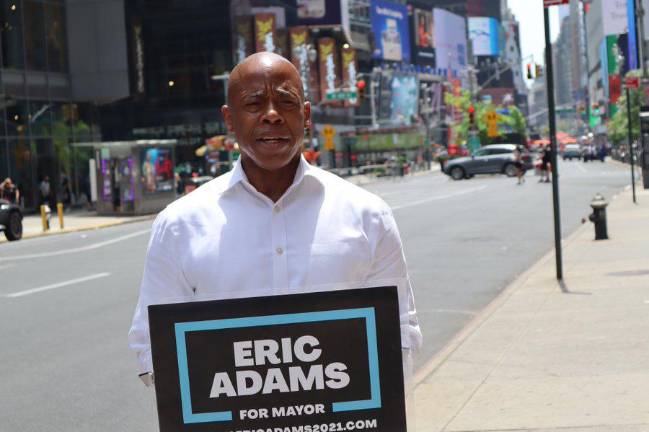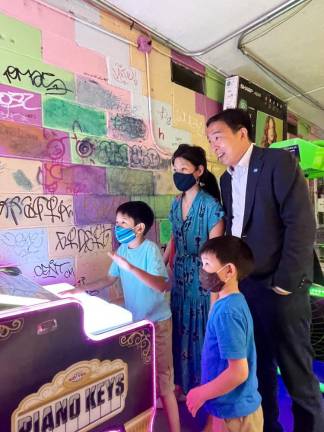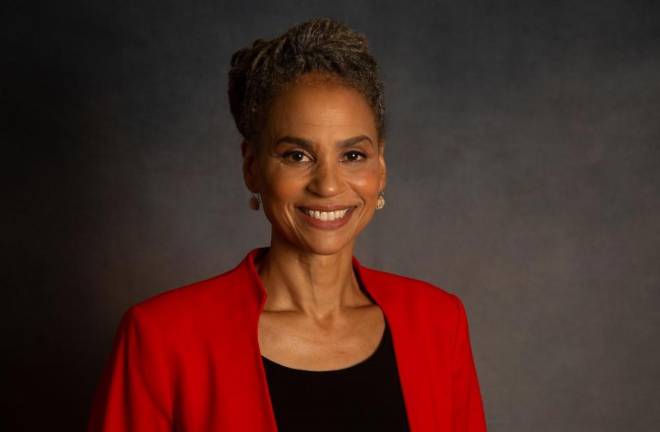A Ranked Choice Quandary
“I don’t know” leads mayoral race with a month to go



The Mayoral voting now a mere month away is as consequential as any election here since 1977, when the city sought a path out of its fiscal crisis.
But can you tell?
Even Democrats who say they are likely to vote in the June 22 primary seem befuddled or ill-informed. The kind of people New Yorkers turn to for political advice profess to be as lost as the rest of us.
“I need more information,” said Betsy Gotbaum, former public advocate and current executive director of Citizens Union, which advocates for effective city and state government. Gotbaum says she knows all the candidates personally, save Andrew Yang, and yet can’t make a pick, let alone rank five picks as allowed by the new ranked choice voting proffered in New York City for the first time.
“I really don’t know what to do.”
Gotbaum says she is sharing her uncertainty in the hope of galvanizing New Yorkers to engage in picking the next mayor, who will have the daunting task of leading New York out of the worst public health crisis and deepest economic crash in living memory.
In a more traditional election year you might say that the fight for the Democratic nomination for mayor, which will likely decide the general election, too, has come down to a horse race between Andrew Yang and Eric Adams, with Kathryn Garcia trying to come up on the outside.
But one thing ranked choice voting disrupts is the horse race image that so dominates political writing and, truth be told, political thinking.
The Superfecta
Under ranked choice voting, an election is less like a straight up horse race and more like the superfecta. As it turns out, Maya Wiley could easily argue she is in third place, according to a new poll that tries to measure how New Yorkers will rank their voting.
The idea of ranked choice voting was to let everyone vote for their true first choice, without worrying tactically if their candidate was really in the running. Then, if that candidate doesn’t make it, your vote gets moved to your second choice. In the counting, candidates are eliminated and their votes distributed until one has 50 percent.
This replaces a runoff between the first two finishers.
But one advantage of a runoff, a point that looms large at the moment, was that it gave voters an extra chance to focus. Perhaps the millions of dollars that will be spent on TV, radio and internet ads in the next few weeks will achieve that. Perhaps not.
The Manhattan Institute released a poll last week, conducted by Public Opinion strategies, a research firm, that sought to measure the race under ranked choice voting. The biggest finding is that it took eleven rounds of counting and eliminating of candidates to get to a winner, Eric Adams, the Brooklyn Borough President.
As significant, the poll showed how uncertain voters still seem to be.
“No candidate is the first choice of more than 20 percent of the likely primary electorate,” wrote Michael Hendrix, director of state and local policy at the Manhattan Institute, the conservative think tank.
Garcia has drawn more interest recently, yet Wiley can easily be described as in third place, under ranked choice voting, the poll found. She remained in contention right through to the tenth round of counting, when Adams had 36% percent, Yang 34% and Wiley had 30%. When she was eliminated and her votes distributed, Adams had 52% and Yang 48%.
All of this is more directional than predictive. The polls margin of error is 4.4 percent.
All those surveyed said they were likely to vote in the primary, yet only one in five watched the most recent debate. Some 25 percent said they had not heard of Eric Adams and nearly forty percent said they had not heard of Wiley or Garcia.
In other words, four weeks from the election, front-running candidates still need to introduce themselves to voters, rather than focus on laying out their plans for the city’s future.
Resonance with 1977
The resonance between this election and 1977 has several elements.
As now, the city was in deep trouble then, having just survived an encounter with bankruptcy brought on by, as one of that year’s candidates put it in his ads, “eight years of charisma and four years of the clubhouse,” a reference to the high-flying John Lindsay and the Brooklyn machine-bred Abe Beame.
That candidate was Edward I. Koch, who went on to win by proposing to voters, “Why not try competence?” Looking back, it is not altogether clear how his experience as a member of Congress justified the claim to be that guy. But, hey, nothing succeeds like success.
It has become popular among engaged New Yorkers of a certain age to observe that this year’s field seems weak compared with the heavy hitters who competed in 1977. One New Yorker who was directly involved in both races says this is more than hazy nostalgia.
Yes, neither Koch nor the runner up, Mario M. Cuomo, were yet the political giants they became. But it is bracing to recall that the field also included Bella Abzug, Herman Badillo and Percy Sutton.
“Those were much more talented people,” this New Yorker observed, comparing the current and 1977 contenders. “Much more ready to be candidates than this group.”
What seems to be missing is the skill at framing the challenge in the succinct ways those candidates were able to.
Garcia, former sanitation commissioner, has clearly emerged as the “competence” candidate. This appeal won her the endorsements of both The New York Times and Daily News.
Crisis tests adaptability. Several candidates entered the current race with the strategy of offering themselves as the most progressive candidate. But the impact of the COVID-induced crash seems to have reframed the race as a search for a leader who can, with fairness, curb crime and get a grip on city hall and the schools.
Faced with a drumbeat of reports of subway attacks and hate crimes, public safety and crime rates were cited as the top issue by 46 percent of the likely Democratic voters in the Manhattan Institute polling, ahead of, in order, housing (35 percent), the economy (30 percent), public schools and race relations (both 27 percent).
Interestingly, health care was cited as a top issue by only 13 percent of voters.
Mayor Bill de Blasio also appears to be an issue, playing the role of BOTH Lindsay and Beame in this race. Even the candidates who worked for him, including Wiley, are running against him now.
It is traditional that voters pick a mayor who is different from the incumbent they have grown weary of. But as of now, it is not at all clear they know the contenders well enough to judge who that would be.
“No candidate is the first choice of more than 20 percent of the likely primary electorate.” Michael Hendrix, Manhattan Institute